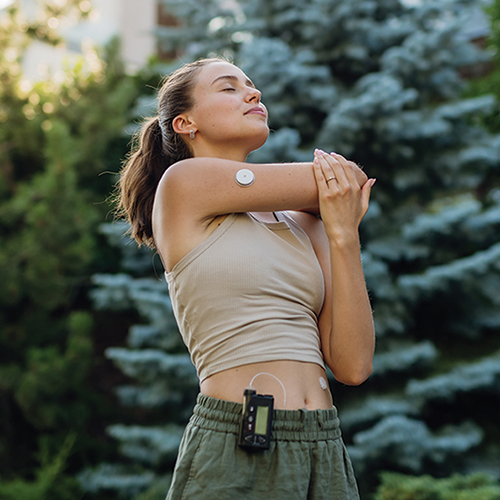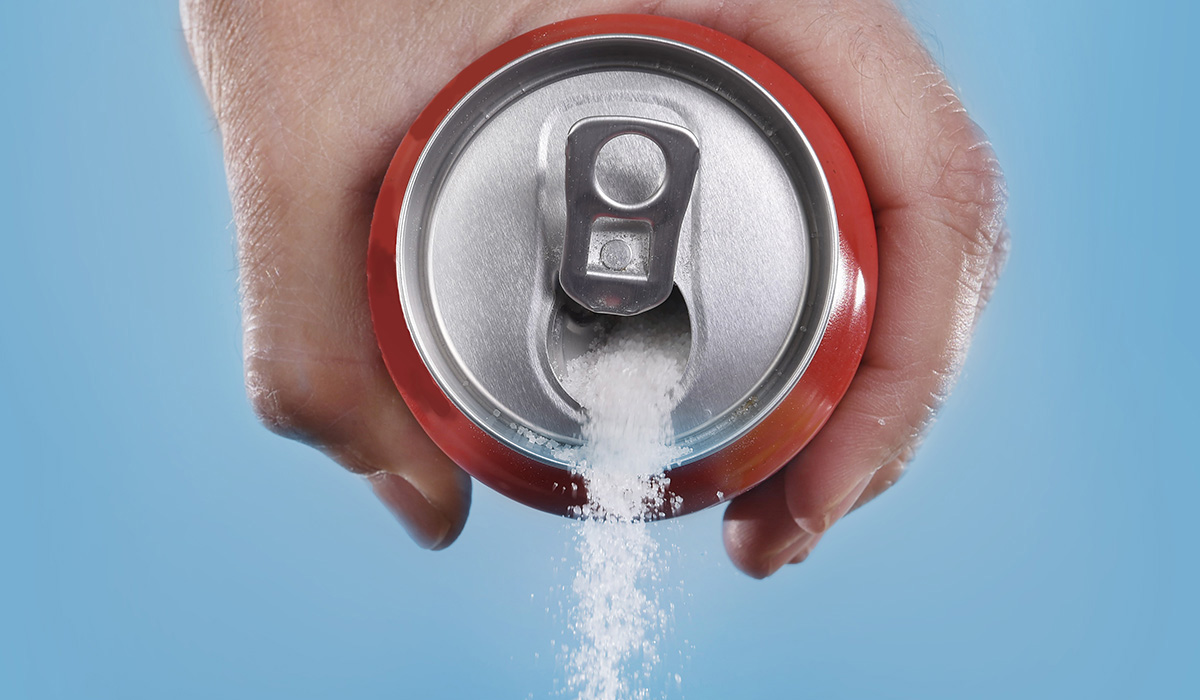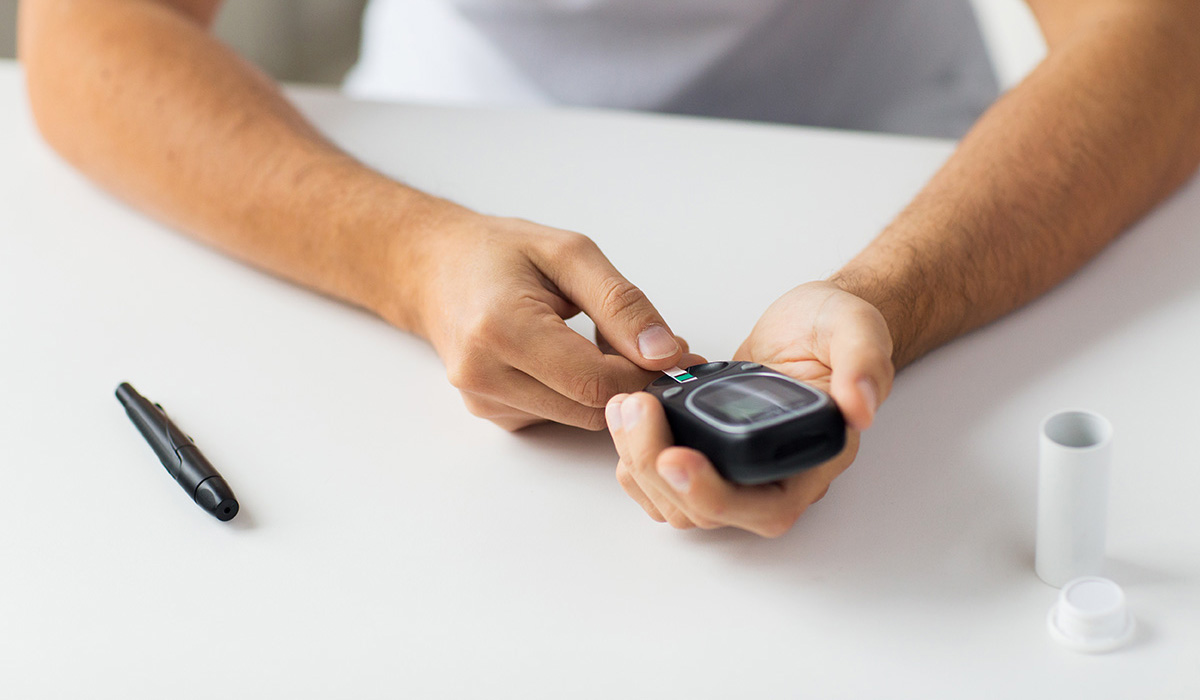October 2023
Prediabetes is a condition in which your blood sugar and A1C are elevated — though not enough to be considered diabetes. With prediabetes, your body is less sensitive to the insulin you produce. This means that you’ll often experience blood sugar spikes after eating, especially carb-heavy meals. People with prediabetes often end up with diabetes.
The good news is that lifestyle changes can help reverse the diagnosis — or at least stop (or slow) the advance to diabetes. Here are a few changes you can make:
Lose weight and exercise.
Losing weight and exercising can increase your body’s ability to process glucose and can also reduce your risk of developing diabetes. In one diabetes prevention study that focused on lifestyle changes (diet and exercise), participants lost an average of 7% of their body weight and got 150 minutes per week of moderate exercise (like a brisk walk). The outcome: They reduced their risk of developing diabetes by 58%.
Exercise after meals.
Research shows that blood sugar spikes about 90 minutes after you begin eating. You can help moderate those spikes by timing exercise to begin 30 minutes after you start eating. Exercise is also a great way to keep your weight in check — or even lose weight.
Ask your doctor about a continuous glucose monitor.
These are sensors that you apply to your skin (typically the back of your arm or your abdomen) to continuously monitor your blood sugar. While they aren’t as accurate as finger sticks, they can give you insight into how various foods, meal sizes, and exercise impact your blood sugar. You can use this information to make positive changes — and get inspired to keep doing the things that work.



